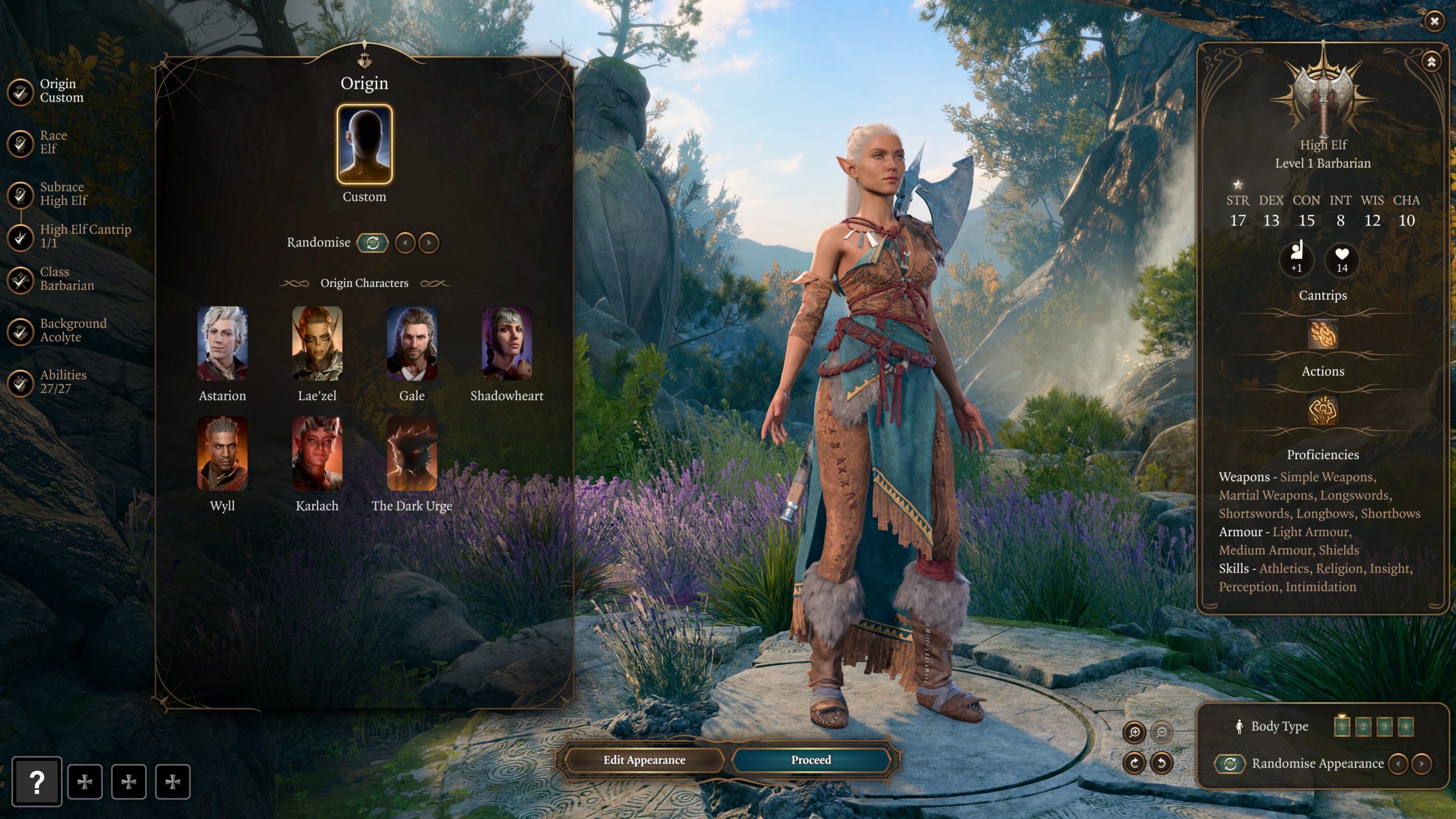The long-awaited arrival of Baldur’s Gate 3 sent ripples of excitement through the RPG community. However, the game’s journey to the spotlight wasn’t without its unexpected twists. While the title had been under development for some time, it was a specific scene – one involving a shapeshifting druid and a rather intimate encounter – that propelled Baldur’s Gate 3 into the viral stratosphere.

A Squirrel Witness and a Shocking Revelation: The Birth of the Bear Scene Legend
Baldur’s Gate 3 screenwriter, Baudelaire Welch, sheds light on the now-infamous “bear scene.” The scene features Halsin, a companion character with the ability to transform into a bear. The unexpected turn of events that follows leaves a stunned squirrel observer in its wake and ignites a firestorm of excitement among gamers.
A Turning Point for RPGs: Embracing Fan Fiction and Player Desires
Welch views this pivotal moment as a landmark in video game history. He emphasizes the unprecedented nature of developers actively incorporating fan-created content, specifically fan fiction, into a major RPG title. This decision reflects Larian Studios’ willingness to listen to their audience and incorporate player desires into the game’s narrative.
Fan-Fueled Promotion: The Power of Player Engagement
The “bear scene” served as a masterfully executed promotional tool. By acknowledging and incorporating fan-created content, Larian Studios piqued the curiosity of a wider audience. News of the scene spread like wildfire, generating significant buzz and drawing countless players into the world of Baldur’s Gate 3.
Beyond the Hype: Baldur’s Gate 3’s Successful Launch and the Enduring Power of Romance
The calculated risk of embracing fan desires paid off handsomely. Baldur’s Gate 3’s launch surpassed even the developers’ wildest dreams, with peak online players exceeding a staggering 875,000. This overwhelming response highlights the immense power of player engagement and the potential for unconventional marketing strategies.
A Legacy of Romance: Fueling Player Interest and Lasting Memories
Welch emphasizes the importance of well-crafted romances within RPGs. He asserts that compelling romantic storylines can have lasting appeal, sparking discussions and debates within gaming communities long after completing the main story. This enduring power of romance in video games fosters a dedicated player base and ensures continued engagement.
Looking Ahead: The Impact of Baldur’s Gate 3’s “Bear Scene” and Beyond
The “bear scene” in Baldur’s Gate 3 stands as a testament to the evolving relationship between developers and players. By embracing fan fiction and fostering open communication, Larian Studios achieved a level of hype and excitement that propelled the game into the mainstream. This case study offers valuable insights for other developers, showcasing the potential of tapping into player desires and forging a more collaborative creative process.
While the “bear scene” undoubtedly attracted attention, Baldur’s Gate 3’s success rests on a foundation of deep lore, engaging gameplay, and a captivating narrative. The inclusion of fan-requested content served as a clever catalyst, but it’s the game’s core strengths that will ensure its long-term appeal.
FAQs
Q: What is the “bear scene” in Baldur’s Gate 3?
A: The “bear scene” involves a character named Halsin transforming into a bear and engaging in a surprising act.
Q: How did the bear scene impact the popularity of Baldur’s Gate 3?
A: The scene went viral, generating significant buzz and attracting players to the game.
Q: Why is romance important in RPGs?
A: Well-written romances can provide lasting appeal for players, fostering discussion and engagement beyond the main storyline.




